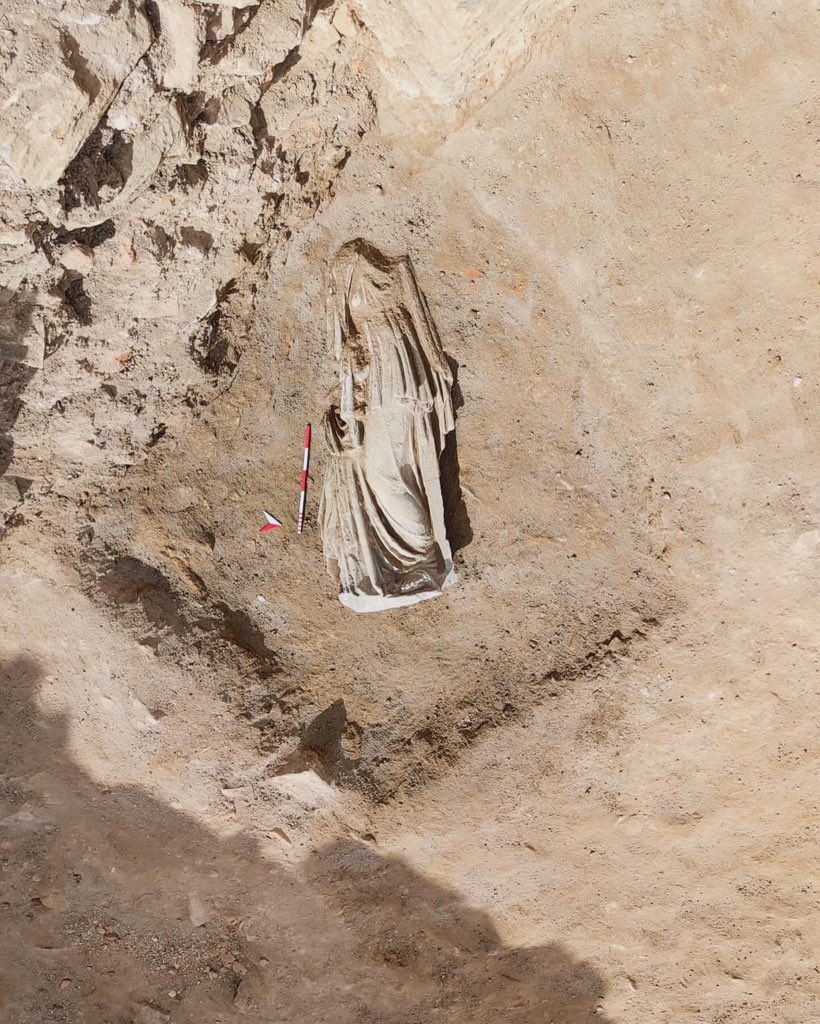
The original of Philiskos’ famous dancing Muses statue has been uncovered
The original of the famous dancing Muses statue by Philiskos, one of the renowned sculptors of the Hellenistic period, has been unearthed.
The original statue of the Muses, which is 2175 years old and has Roman period copies in Perga, Rhodes, and the island of Delos, was discovered during excavations in Stratonikeia.
The city where the statue was found, Stratonikeia Ancient City, is located in the Yatağan district of Muğla, known also as the ‘City of Gladiators.’
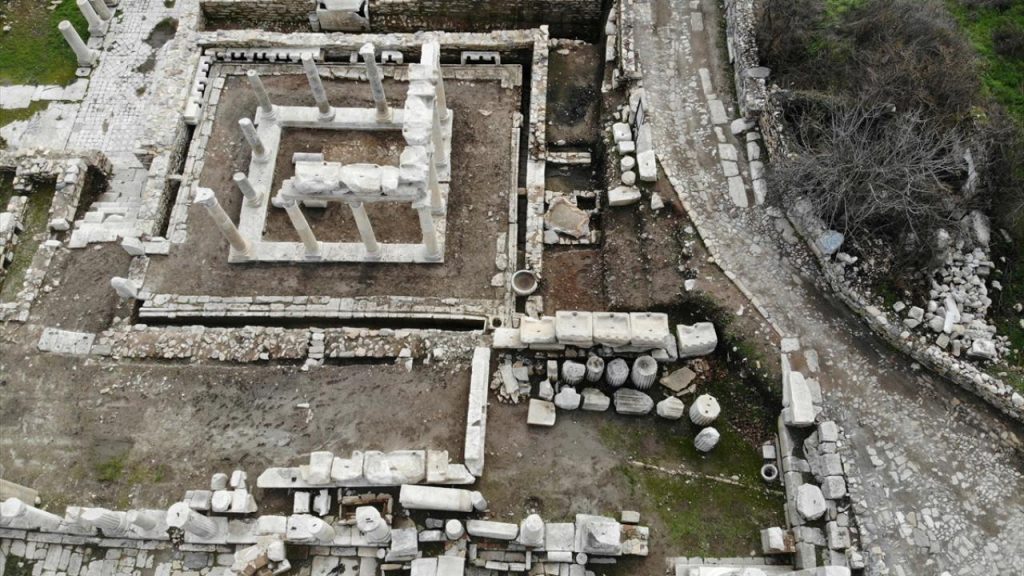
Professor Dr. Bilal Söğüt, the head of the excavation, stated that they found Philiskos’ famous dancing Muses statue in the Frigidarium (Cold Water Pool) section of the city’s Roman Bath.
According to the statement released by the Ministry of Culture and Tourism, the statue unearthed during the excavations in the ancient city is the sole original piece belonging to the Hellenistic period, which had replicas made during the Roman era.
However, the head and arms of the statue, along with its base, were not found among the discovered artifacts.
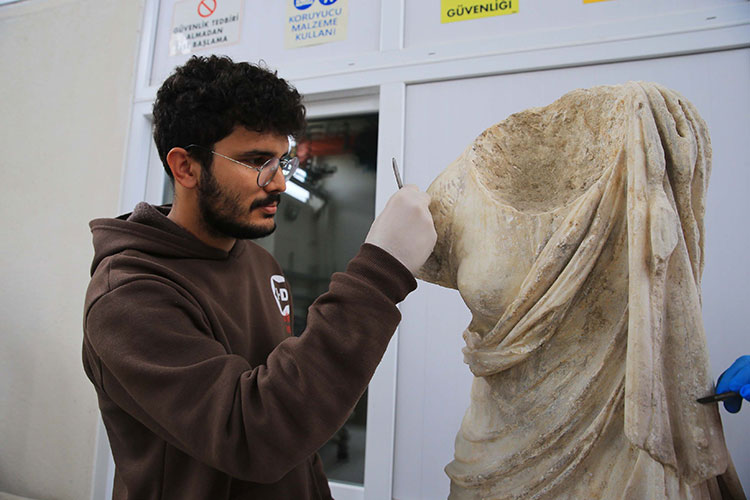
Approximately 2,175 years old and discovered along with its base, the dancing statue, missing its head and arms, has been brought to light.
Professor Dr. Bilal Söğüt stated to AA correspondent that the statue, to be exhibited later at the Muğla Museum, currently stands as the only known ‘Dancing Muse’ statue among the sculptures of the Hellenistic period.
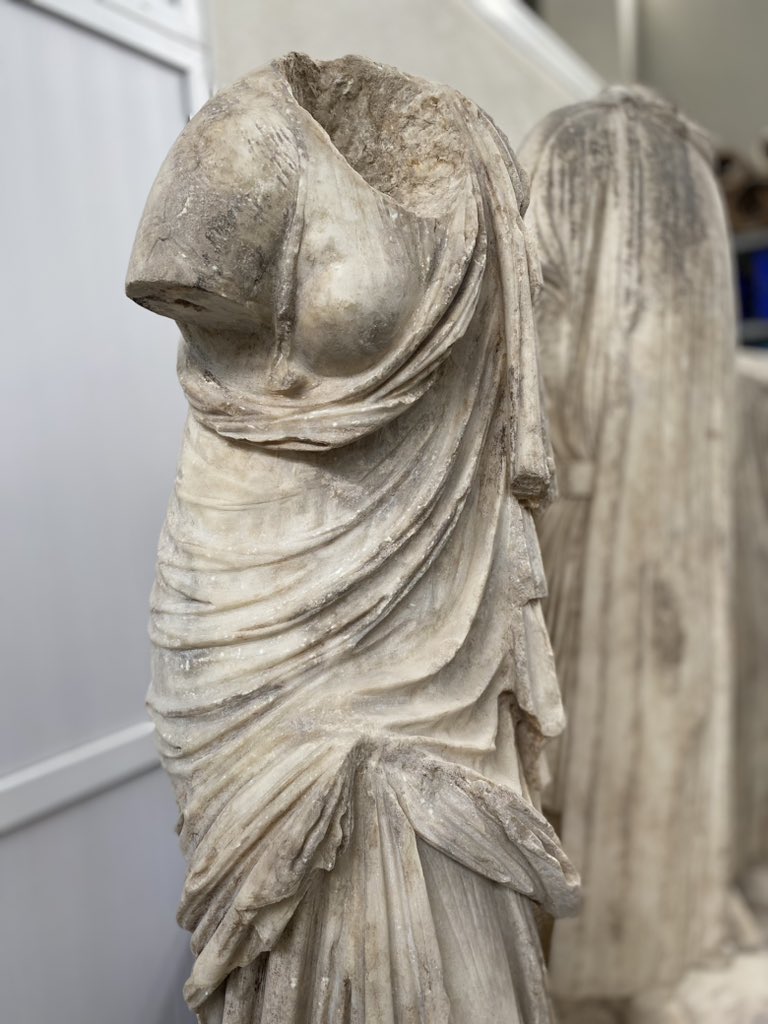
Bilal Söğüt said, “This statue, made by the famous sculptor Philiskos from the 2nd century BC, depicts the ‘Dancing Muse’, one of the daughters of Zeus and Mnemosyne, the goddesses of inspiration. There are only replicas of the statue from the Roman period.” “This statue was known in various regions from Anatolia to Greece,” he said.
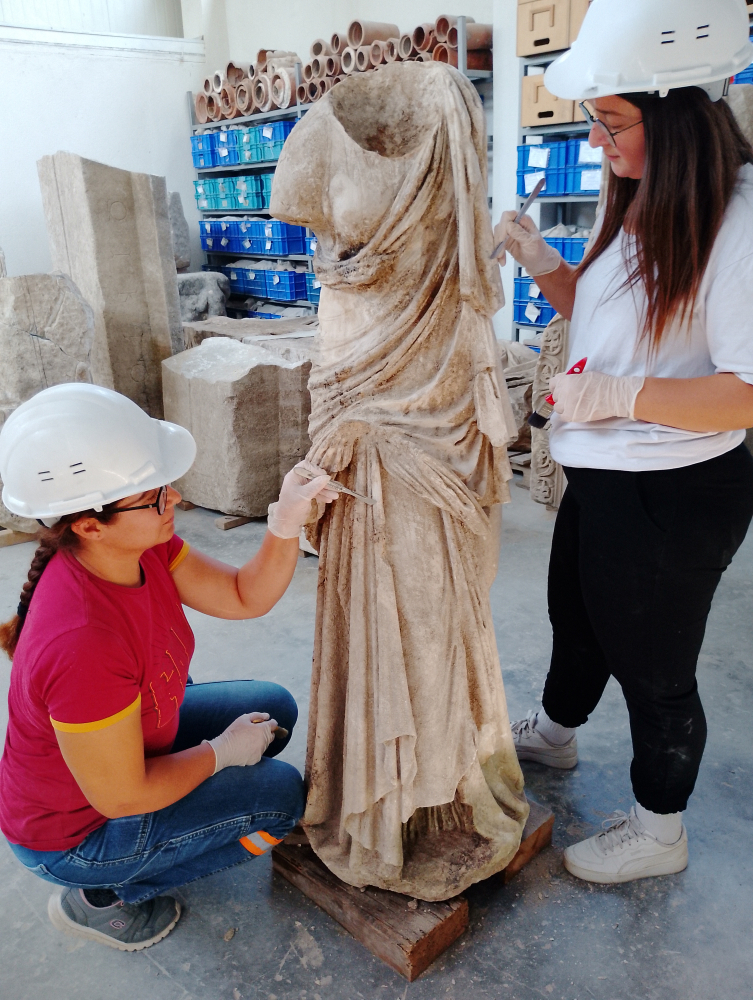
Söğüt said, “So far, only copies of this statue from the Roman period have been found in places such as Perga, Rhodes, and Delos Island, and the location of the original from the Hellenistic period is unknown. Prof. Dr. Ramazan Özgan, who conducted the study, said, “In-depth research on the subject shows that the exact city of the statue is unknown. “While we suggested that it may have been made in one of the cities in the Caria region, especially Stratonikeia, it turned out that the original statue was carved in Stratonikeia. This statue, of which there are only replicas from the Roman period in different parts of the world, will be exhibited in the Muğla Museum after its discovery in Stratonikeia.”
Cover Photo: Stratonikeia and Lagina Excavation
You may also like
- A 1700-year-old statue of Pan unearthed during the excavations at Polyeuktos in İstanbul
- The granary was found in the ancient city of Sebaste, founded by the first Roman emperor Augustus
- Donalar Kale Kapı Rock Tomb or Donalar Rock Tomb
- Theater emerges as works continue in ancient city of Perinthos
- Urartian King Argishti’s bronze shield revealed the name of an unknown country
- The religious center of Lycia, the ancient city of Letoon
- Who were the Luwians?
- A new study brings a fresh perspective on the Anatolian origin of the Indo-European languages
- Perhaps the oldest thermal treatment center in the world, which has been in continuous use for 2000 years -Basilica Therma Roman Bath or King’s Daughter-
- The largest synagogue of the ancient world, located in the ancient city of Sardis, is being restored











Leave a Reply